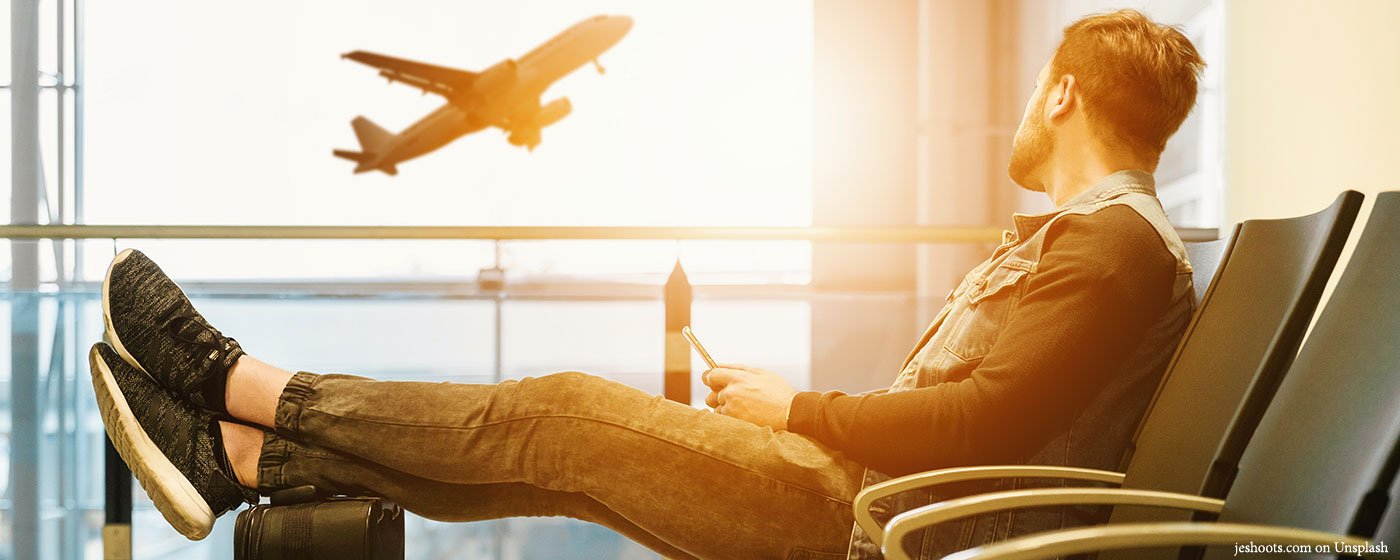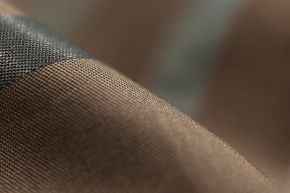Behind the Scenes of Sleep: Jet Lag and the Circadian Rhythm
2585 Views |

When you arrive at a destination after a long-haul flight, it is common to experience the symptoms of jet lag, particularly sleep disruption. Jet lag occurs because rapid travelling over multiple time zones desynchronizes your body’s internal clock from the current time of the place you are at, and it can take a while for you to adapt to the change. So how does this internal clock work?
What is the circadian rhythm?
The body’s internal clock is more precisely called the circadian clock, which operates on a rhythm spanning around 24 hours and regulates the sleep-wake cycle. Circadian rhythms are important for dictating the proper timing of the body’s many biological activities through the day and night, such as sleeping, feeding, hormone production, body temperature, and brainwave activity. In fact, circadian rhythms are so essential and fundamental to a living organism that it is extensively found in animals, plants, fungi, and even bacteria.
In humans, the primary external stimuli that synchronises the circadian rhythm with the 24-hour cycle and the environment is light. The origin of the light can either be natural or artificial. The eyes contain photosensitive ganglion cells that pass information on light to the suprachiasmatic nucleus (SCN), a tiny region of the brain. The SCN is considered the master circadian clock, and coordinates the timing of processes enacted by other parts of the body. When it comes to the sleep-wake cycle, the secretion of the hormone melatonin is directly controlled by the SCN. The presence of melatonin signals to the body to prepare for sleep in animals active during the daytime. Melatonin is produced under darkness or in dim light, thus naturally peaking at night and being virtually absent during the day. The timing of light exposure can therefore influence the synchronisation process of the circadian rhythm. Exposure to light before sleeping delays the rhythm, which leads to waking up later on the following days.
How is the circadian rhythm related to jet lag?
As mentioned previously, jet lag is caused by your circadian rhythm being desynchronised with the light-dark cycle of your destination. The natural patterns of other biological activities are consequently affected as well until your body becomes adjusted to the new time. The speed of recovery from jet lag can vary between individuals and depends on the direction of travel. In terms of sleep disturbance, people tend to have trouble falling asleep when flying east and tend to wake up early when flying west. Travelling east can be more problematic than travelling west because the circadian clock has more difficulty shortening the length of a day than extending it. Flying longitude-wise (north-south or south-north) without crossing time zones will not cause jet lag.
How can you minimise jet lag?
Given the importance of light in realigning the circadian rhythm with the environmental light-dark cycle, managing your exposure to bright light is an effective method of reducing the effects of jet lag. Avoiding light leads to melatonin production, which helps you fall asleep. On the other hand, exposure to light helps keep you awake until it is an appropriate time to sleep. Shifting your sleep schedule before departure to better match the time zone of your destination can reduce the symptoms of jet lag. Rescheduling your sleep prior to departure can be used in conjunction with timing your exposure to light (artificial or natural) after your arrival.
A short-term treatment to insomnia is to take melatonin supplements under a doctor’s recommendation and prescription. Incorrect timing of consuming melatonin may misalign your circadian rhythm more than it already is, and the drowsiness it causes may make you unfit for driving and other activities which require strict attention to ensure your safety. Note that melatonin supplements are generally suggested as a short-term solution, as there can be side effects of long-term use.
Eastman, C. I., & Burgess, H. J. (2009). How to travel the world without jet lag. Sleep medicine clinics, 4(2), 241-255.
Piérard, C., Beaumont, M., Enslen, M., Chauffard, F., Tan, D. X., Reiter, R. J., ... & Lagarde, D. (2001). Resynchronization of hormonal rhythms after an eastbound flight in humans: effects of slow-release caffeine and melatonin. European journal of applied physiology, 85(1-2), 144-150.
Sharma, V. (2003). Adaptive Significance of Circadian Clocks. Chronobiology International, 20(6), 901-919.
Waterhouse, J., Reilly, T., Atkinson, G., & Edwards, B. (2007). Jet lag: Trends and coping strategies. The Lancet, 369(9567), 1117-1129.



